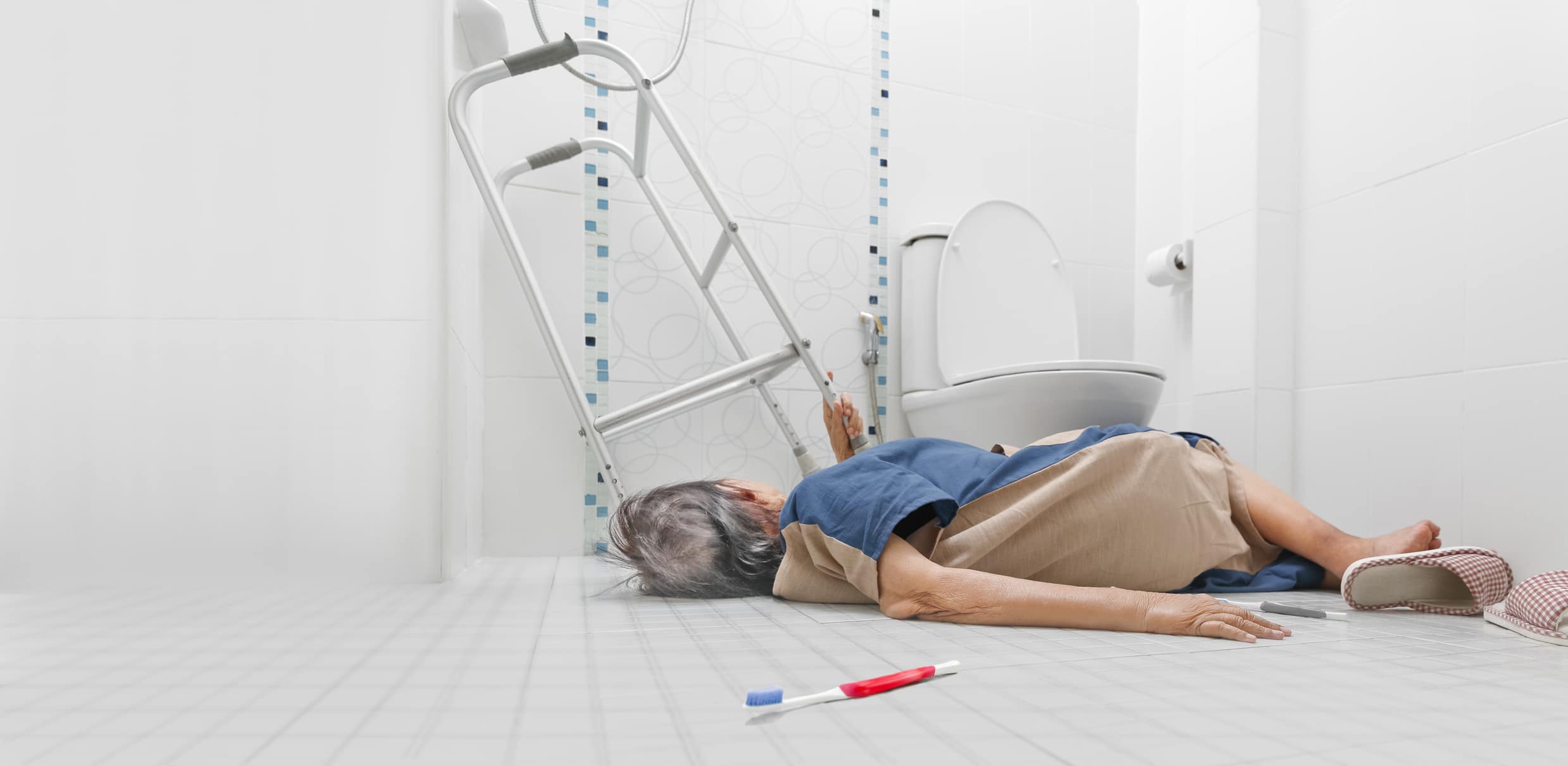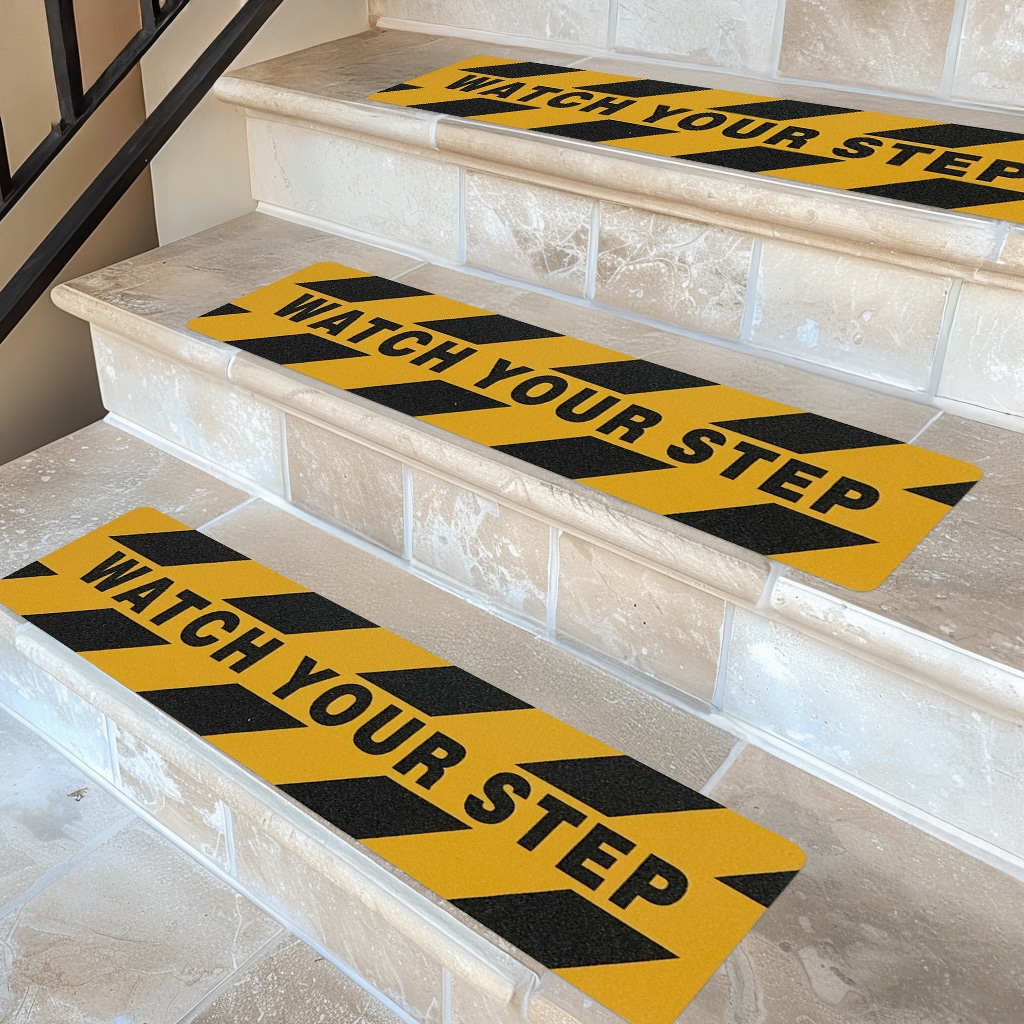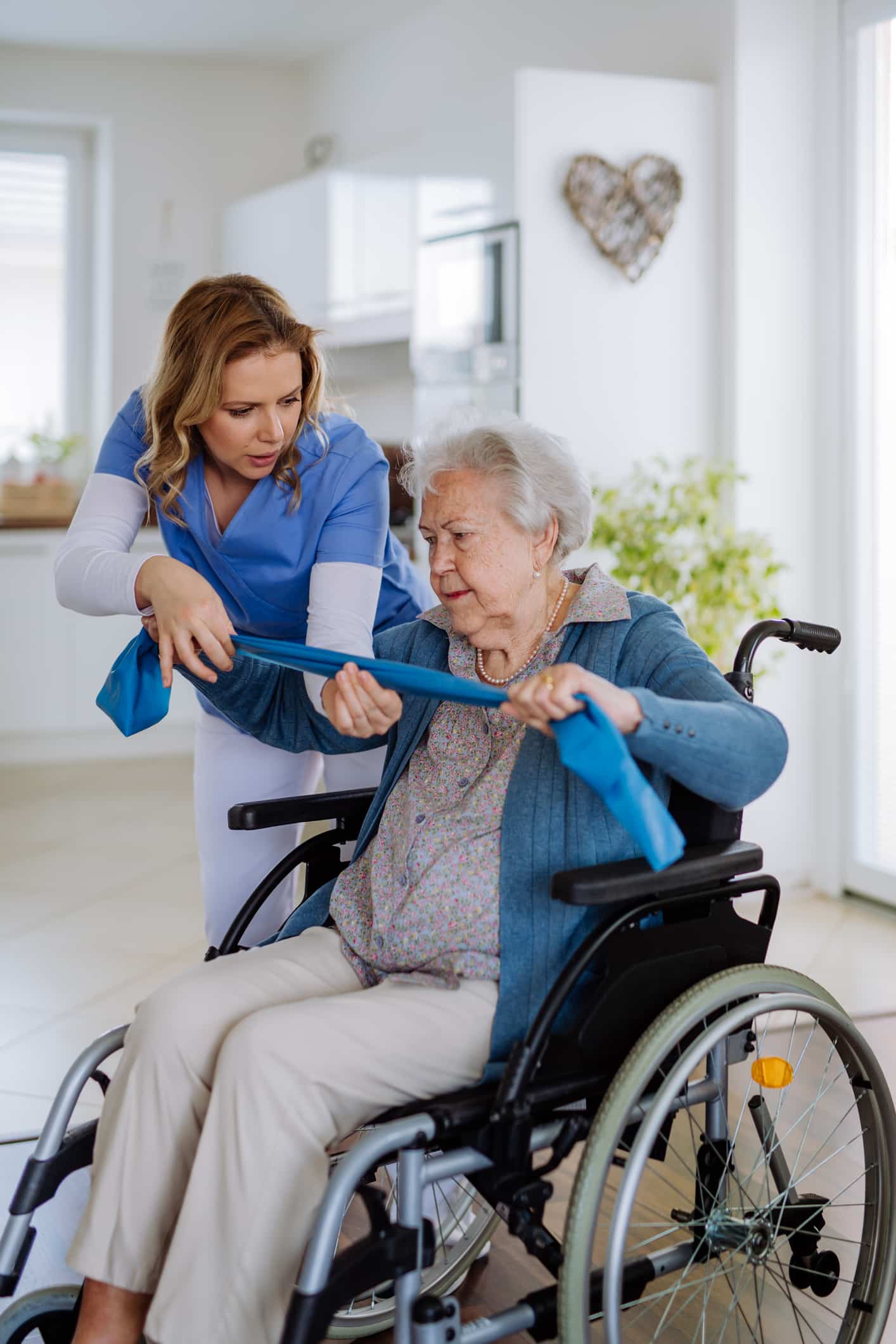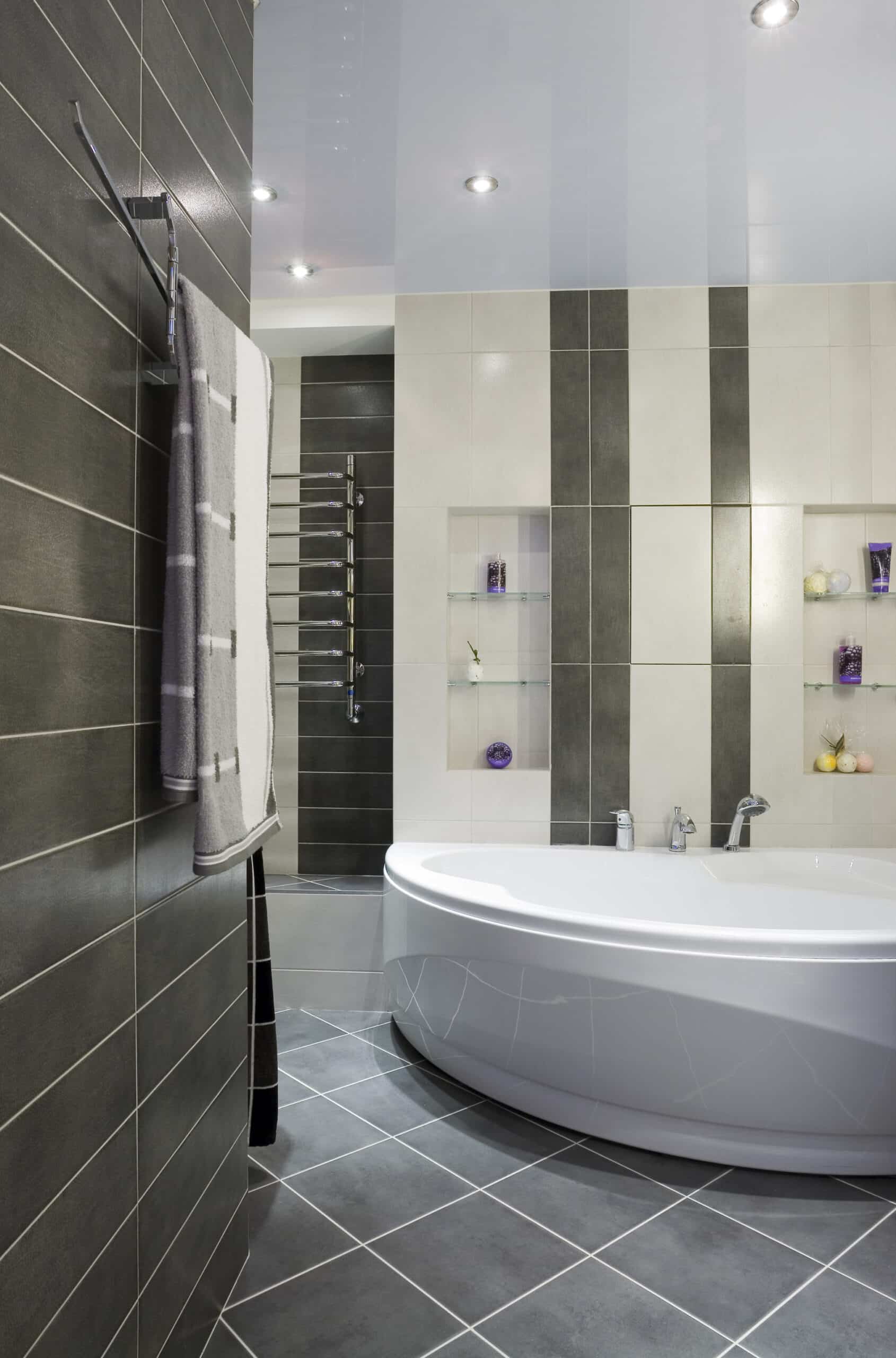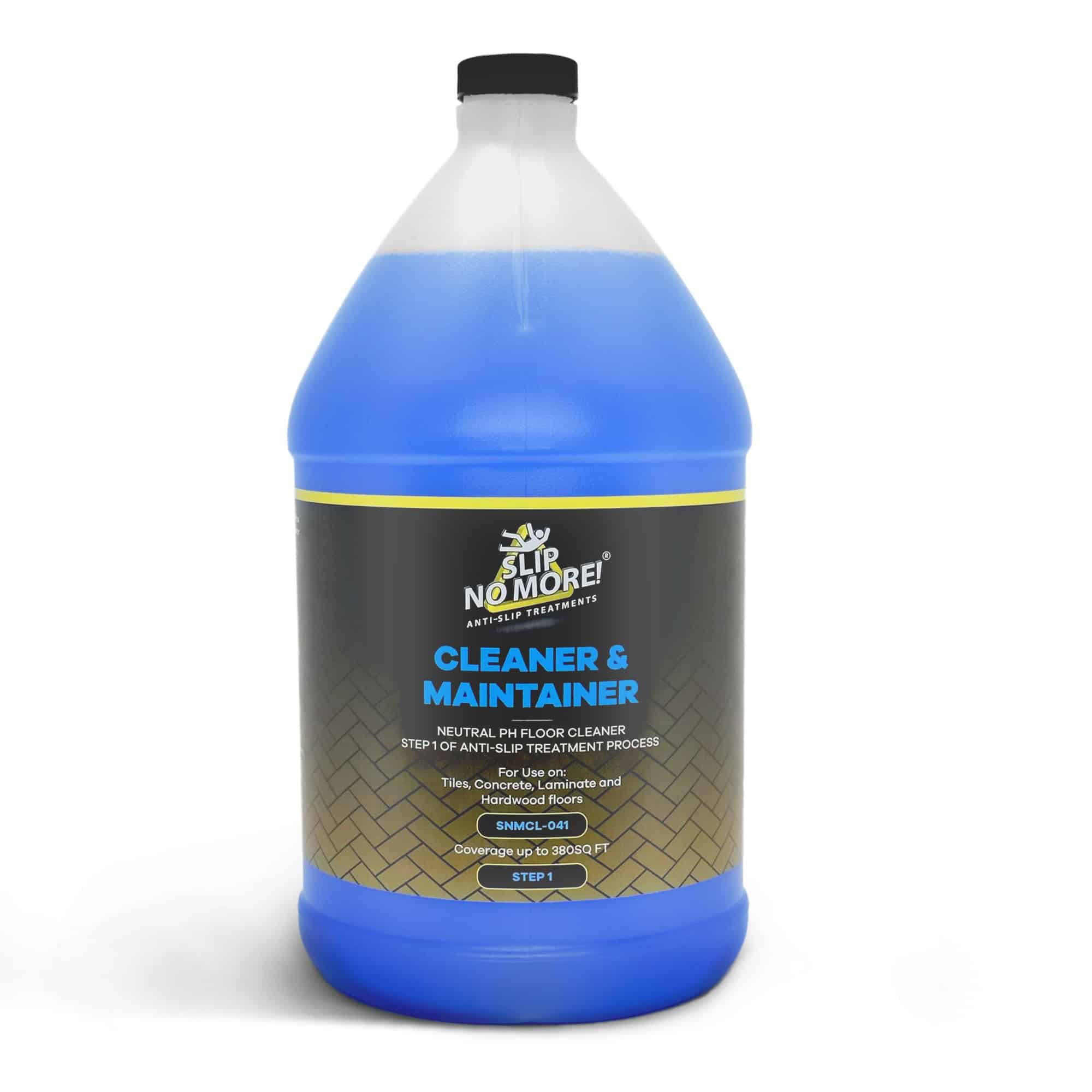Every year, millions of older adults are affected by falls, resulting in injuries, hospitalizations, and even fatalities. Fall prevention in older adults is of utmost importance when it comes to the health and well-being of our elderly population.
This article will explore the significance of fall prevention in older adults and why it should be a top priority for individuals, caregivers, and healthcare providers. We will delve into the contributing factors, such as age-related changes in balance and coordination, medical conditions, and environmental hazards.
By understanding the potential risks and implementing appropriate measures, we can reduce the incidence of fall prevention in older adults and their potentially devastating consequences. We will discuss practical strategies and interventions that can be easily incorporated into daily routines to enhance strength, balance, and overall mobility.
Stay tuned as we provide valuable insights, evidence-based recommendations, and resources to help older adults and their loved ones take proactive steps toward fall prevention in older adults. Let’s create a safe and supportive environment for our elders, promoting healthy aging and a higher quality of life.
Understanding the impact of falls in older adults
Falls are a serious concern for older adults, as they can lead to severe injuries and have a significant impact on their overall quality of life. According to the Centers for Disease Control and Prevention (CDC), falls are the leading cause of fatal and non-fatal injuries among older adults. They can result in fractures, head injuries, and even disabilities that can make it difficult for seniors to maintain their independence.
The impact of falls goes beyond physical injuries. Older adults who experience falls often develop a fear of falling again, which can lead to a reduced level of activity and social isolation. This, in turn, can have adverse effects on their mental health and overall well-being. Therefore, it is crucial to understand the factors contributing to falls in older adults and take proactive measures to prevent them.
It is for these reasons that fall prevention in older adults should be a priority everywhere.
Common risk factors for falls in older adults
Several factors increase the risk of falling in older adults due to a lack of fall prevention in older adults. Age-related changes in balance and coordination play a significant role. Our muscles and joints weaken as we age, and our sense of balance diminishes. Chronic medical conditions, such as arthritis or Parkinson’s disease, can further affect mobility and increase the risk of falls.
Medications can also contribute to falls by causing dizziness or impairing cognitive functions. Environmental hazards, such as slippery floors or poor lighting, are common culprits. It is essential to address fall prevention in older adults and make necessary adjustments to ensure the safety of older adults.
The consequences of falls in older adults
The consequences of falls can be severe and long-lasting for older adults. Fractures, particularly hip fractures, are common and can have severe implications for mobility and independence. Falls are the cause of 95% of hip fractures in older adults.
Head injuries, including concussions and traumatic brain injuries, are another common consequence of falls. These injuries can lead to cognitive impairments, memory loss, and other neurological complications. The recovery process can be challenging and requires extensive medical care and rehabilitation. Without having an effective fall prevention strategy for older adults, you are causing the older population much harm.
Furthermore, falls can have psychological effects on older adults. The fear of falling again can lead to losing confidence and reduced physical activity. This, in turn, can contribute to a decline in overall health and well-being.
Preventive measures for fall-related injuries
Prevention is critical in reducing the incidence of falls in older adults. By addressing the risk factors and implementing preventive measures, we can help older adults maintain their independence and reduce the likelihood of fall-related injuries.
Regular exercise is crucial for maintaining strength, balance, and flexibility. Engaging in activities such as walking, tai chi, or yoga can improve muscle tone, coordination, and overall balance. Balance training exercises specifically targeting stability can also benefit older adults’ fall prevention.
In addition to exercise, home modifications can play a significant role in reducing fall risks. Simple adjustments, such as removing tripping hazards, installing handrails in bathrooms and staircases, and improving lighting conditions, can make a significant difference. Creating a safe and supportive environment that minimizes the risk of falls is essential.
Exercise and balance training for fall prevention
Exercise and balance training are essential components of fall prevention in older adults. Regular physical activity can improve strength, flexibility, and balance, reducing the risk of falls. Improving muscle tone, coordination, and stability can significantly enhance overall mobility and reduce the likelihood of falls.
Walking is a simple yet effective form of exercise that can be easily incorporated into daily routines. It helps improve cardiovascular health, muscle strength, and endurance. Activities such as tai chi and yoga can enhance balance, flexibility, and overall body awareness. A sure win in fall prevention in older adults.
Balance training exercises specifically target stability and can be performed with or without the assistance of a professional. These exercises focus on improving posture, core strength, and proprioception. Some examples include standing on one leg, heel-to-toe walking, and practicing weight-shifting movements.
Home modifications to reduce fall risks
Creating a safe home environment is crucial in fall prevention in older adults. Simple modifications can significantly reduce fall risks and enhance overall safety.
Start by removing potential tripping hazards like loose rugs or cluttered walkways. Ensure that all home areas are well-lit, especially staircases and hallways. Install handrails in bathrooms and along staircases to provide additional support. Non-slip mats should be placed in bathtubs and showers to increase fall prevention for older adults.
Consider installing grab bars near toilets and in the shower area to assist with stability. A raised toilet seat can also make it easier for older adults to sit and stand. Additionally, consider using assistive devices such as a shower chair or a raised commode seat to enhance safety.
Medication management for fall prevention
Medications can play a significant role in fall prevention among older adults. Certain medications can cause dizziness, drowsiness, or impaired cognitive function, increasing the risk of falls. Reviewing medications with a healthcare provider regularly and discussing any potential side effects that may contribute to falls is crucial.
Healthcare providers can help optimize medication management by adjusting dosages or prescribing alternative medications with fewer side effects. It is vital for older adults to take their medications as prescribed and to be aware of any potential interactions or adverse effects.
Assistive devices for fall prevention
Assistive devices can provide additional support and stability for older adults, reducing the risk of falls. These devices can range from simple walking aids to more advanced technologies designed to enhance mobility and safety.
Canes and walkers are commonly used assistive devices that provide stability during walking. They can help redistribute weight and support balance. Proper fitting and training on using these devices are essential to ensure their effectiveness.
In addition to traditional walking aids, assistive devices are specifically designed for fall prevention. These can include devices such as wearable fall detection systems or home monitoring systems that can alert caregivers or emergency services in the event of a fall. It is crucial to explore the options available and choose the appropriate assistive devices based on individual needs.
Fall prevention programs and resources
Numerous fall prevention programs and resources are available to older adults and their caregivers. These programs aim to provide education, training, and support to promote a safe and independent lifestyle.
The CDC’s STEADI (Stopping Elderly Accidents, Deaths & Injuries) initiative offers valuable resources for healthcare providers, including assessment tools, educational materials, and training programs. These resources can help healthcare providers identify fall risks in older adults and implement appropriate preventive measures.
Local community centers and senior organizations often offer fall prevention programs focusing on exercise, balance training, and home safety. These programs allow older adults to engage in physical activities, learn preventive strategies, and connect with others with similar concerns.
Conclusion: Promoting a safe and independent lifestyle for older adults
Fall prevention in older adults should be a top priority for individuals, caregivers, and healthcare providers. By understanding the impact of falls, identifying common risk factors, and implementing preventive measures, we can create a safe and supportive environment for our elders.
Regular exercise, balance training, home modifications, and medication management are crucial in fall prevention. Assistive devices can provide additional support and enhance safety. Fall prevention programs and resources offer valuable guidance and support to older adults and their loved ones.
Let’s take proactive steps toward fall prevention and promote a safe and independent lifestyle for older adults. Together, we can create a healthier and higher quality of life for our aging population.
About Slip No More
With more than 15 years of experience in the slip-prevention industry, our products are developed to solve the problem of slippery floors in all areas. Fall prevention in older adults has been our focus for a very long time, and we will continue to help senior citizens wherever we can.
Why not follow our Facebook, Instagram, Twitter, or YouTube accounts for funny videos, informative posts, and general floor safety information? We also have loads of great reviews from our customers on Trustpilot. If you found this article helpful, take a look at our related articles:

